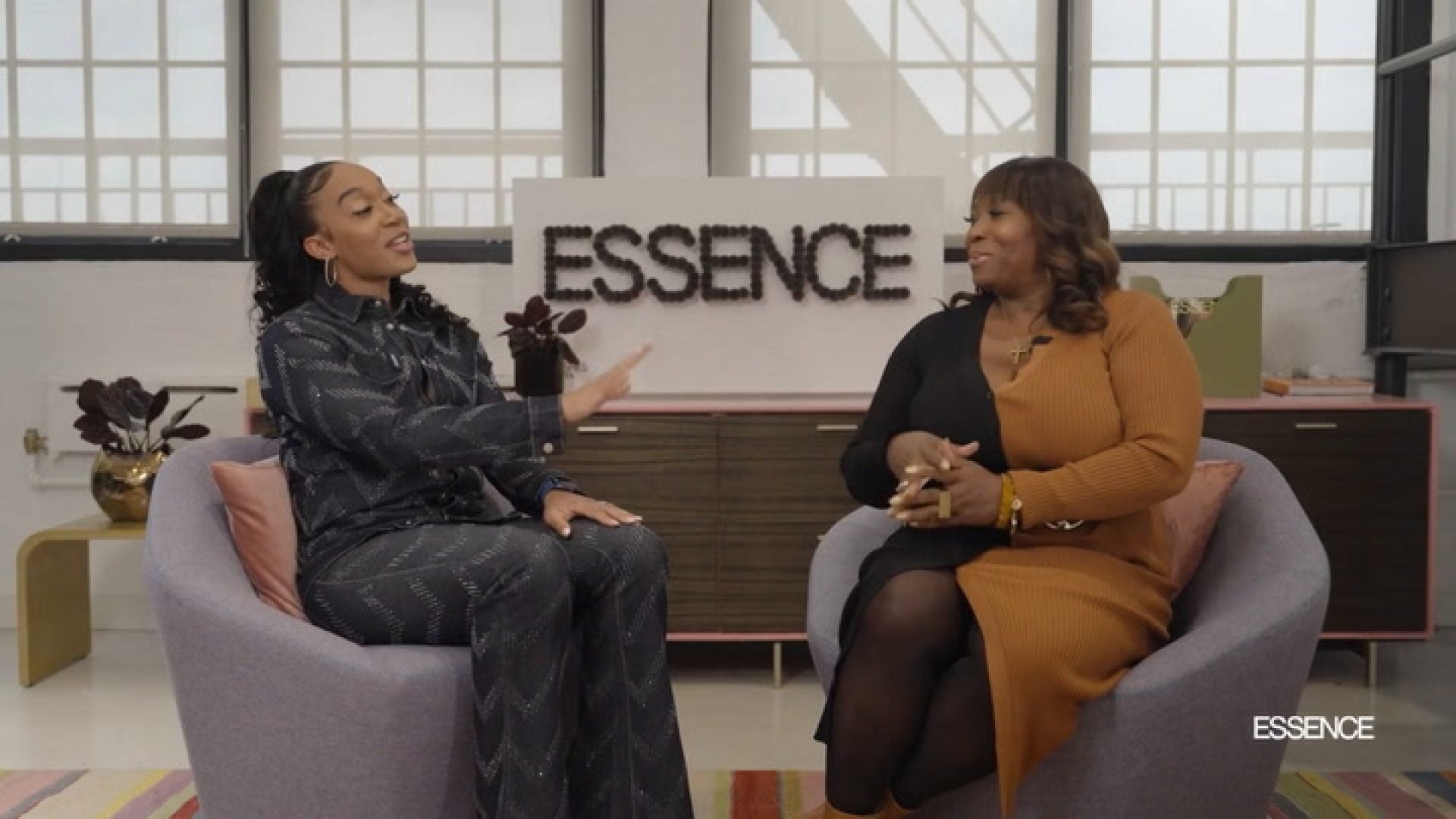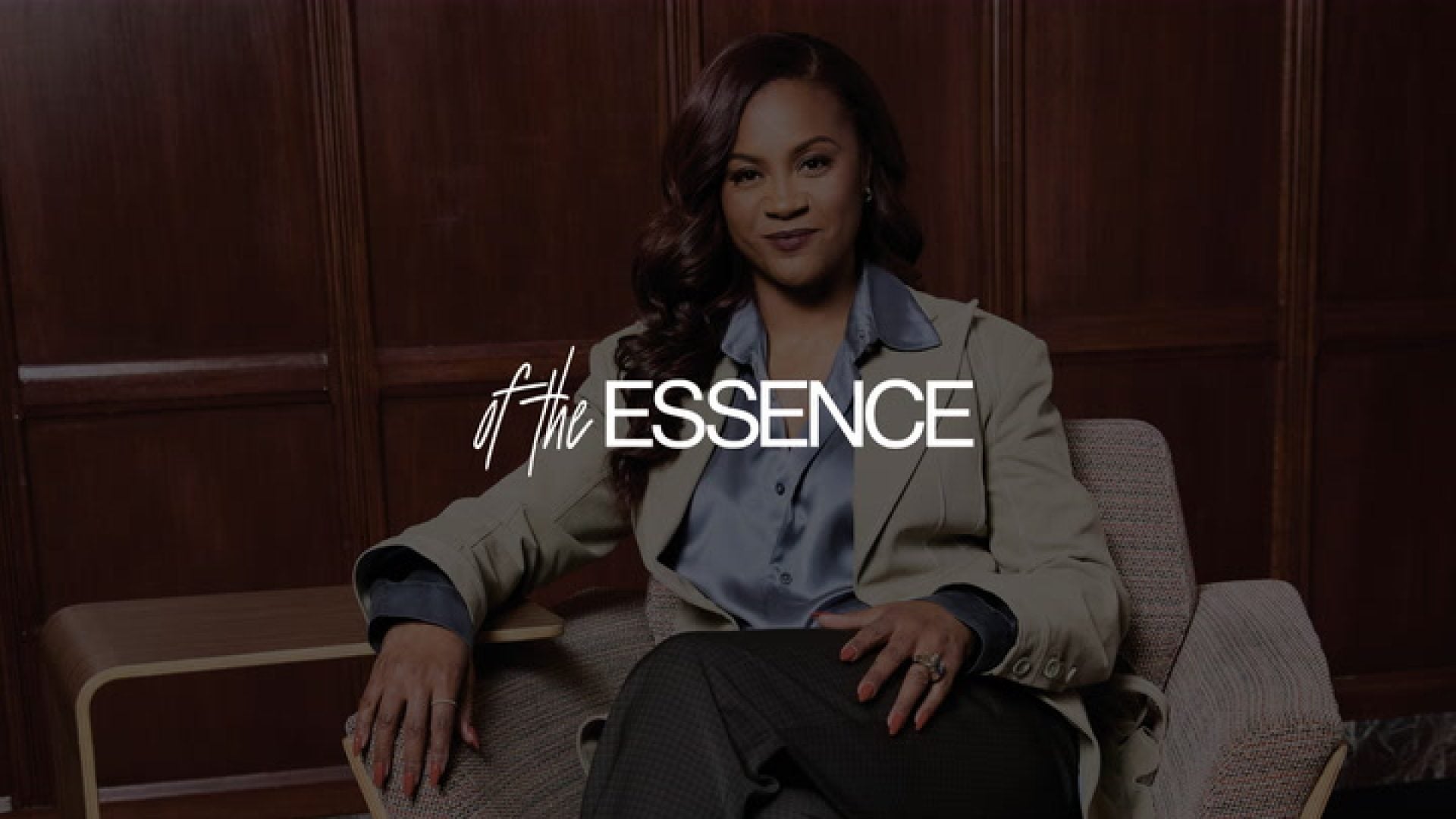
This story originally appeared in Motto.
Do you have more doubt and less confidence than your co-workers? If you answered yes, you’re valuable. You might very well hold the key to your organization’s next great decision.
That’s not what most people believe. Most people insist that when it comes to confidence, more is always better. Many entrepreneur success stories talk about how that person says he or she became successful when they left doubt at the door.
Women, in particular, are told to amp up their confidence. If women want to be successful, they’re told they need to match the confidence of the men around them.
But what really makes people successful isn’t turning their confidence up and keeping it there – it’s knowing when to turn confidence up and when to turn it down.
Why I Left My Perfect Instagram Persona Behind
If you have high confidence all of the time, it can lead to overconfidence, and overconfidence very often leads to terrible decisions.
What’s the difference between confidence and overconfidence? If you’re confident, you have an accurate sense of what you know and what you can do. Imagine signing up for your first 5K race. If you’re appropriately confident, you line up with the people who are going to run 11-minute miles and sure enough, you happily cross the finish line in 32 minutes, running a pace you can manage the whole way.
If you’re overconfident, your beliefs exceed your abilities. You think you can run a seven- or eight-minute mile, even though you haven’t run a mile since college. You line up with the fast runners and push yourself too hard. You pull a muscle and have to walk.
Rebecca Minkoff: ‘No’ is a Full Sentence
Overconfidence doesn’t just lead to a regrettable and unnecessary Saturday morning injury; it’s also a major obstacle to smart decision-making in organizations. It’s led CEOs to pay too much for companies and been blamed for the global financial crisis of 2009. Some blamed the BP oil spill in 2010 and Japan’s nuclear power plant crisis in 2011 on hubris. Researchers find that a healthy dose of self-questioning actually leads to better decisions.
And here’s where gender comes into play. Men struggle with overconfidence more often than women. Both men and women generally think they’re better than average, but men tend to think they’re much, much better than average. Social scientists find that women tend to know when they’ve made a mistake and are willing to say so, whereas men are less likely to recognize or admit errors.
Women’s more accurate self-assessment means they’re poised to make astute decisions and avoid overconfident errors in judgment.
What Gabby Douglas and Simone Biles Mean Beyond the Olympics
Women don’t need to turn their confidence up and keep it up — women, as well as men, need to practice knowing when it’s time to turn their confidence up or down. Turn your confidence down when you’re still making a decision — when you’re weighing your options and need to hear more. Once you’ve made a decision and you need to persuade others, then it’s time to turn your confidence up so you can be heard.
Fair enough. But how can you turn your confidence up or down?
1) When you need to dial up your self-confidence, use your body.
To provide a quick injection of confidence, take a tip from Harvard Business School psychologist Amy Cuddy and strike a power pose. Take up more physical space for two minutes. If you’re standing, put your hands on your hips, Wonder Woman style, or lean on a table, hands planted a few feet apart. If you’re sitting, uncross and extend your legs and spread your arms. Or try lowering the pitch of your voice. Don’t whisper, just talk in a deeper tone – research shows this increases a person’s confidence.
2) To dial your confidence down, adopt a low-power pose.
Take up less space by keeping your limbs close to your body and put your hands in your lap or clasp the tops of your arms.
3) Conduct a pre-mortem.
Another way to keep your confidence in check is to use a technique that Princeton University psychologist and Nobel laureate Daniel Kahneman recommends called a premortem. Imagine that it’s a year from now and the decision being made failed miserably. Jot down a few reasons why it failed. When people ask “What went wrong?” they generate 30% more problems, on average, than when they ask “What could go wrong?” Replacing the success story in your head with a failure story changes your thinking.
4) When in doubt, speak up.
If you’re faced with an important decision and the people around you are gunning for an idea that makes you hesitate, don’t sit silently on your doubts. Speak up. Your more calibrated sense of confidence could make you the most valuable person in the room.
Therese Huston, PH.D., was the founding director of the Center for Excellence in Teaching and Learning at Seattle University and is the author of How Women Decide: What’s True, What’s Not, and What Strategies Spark the Best Choices.













